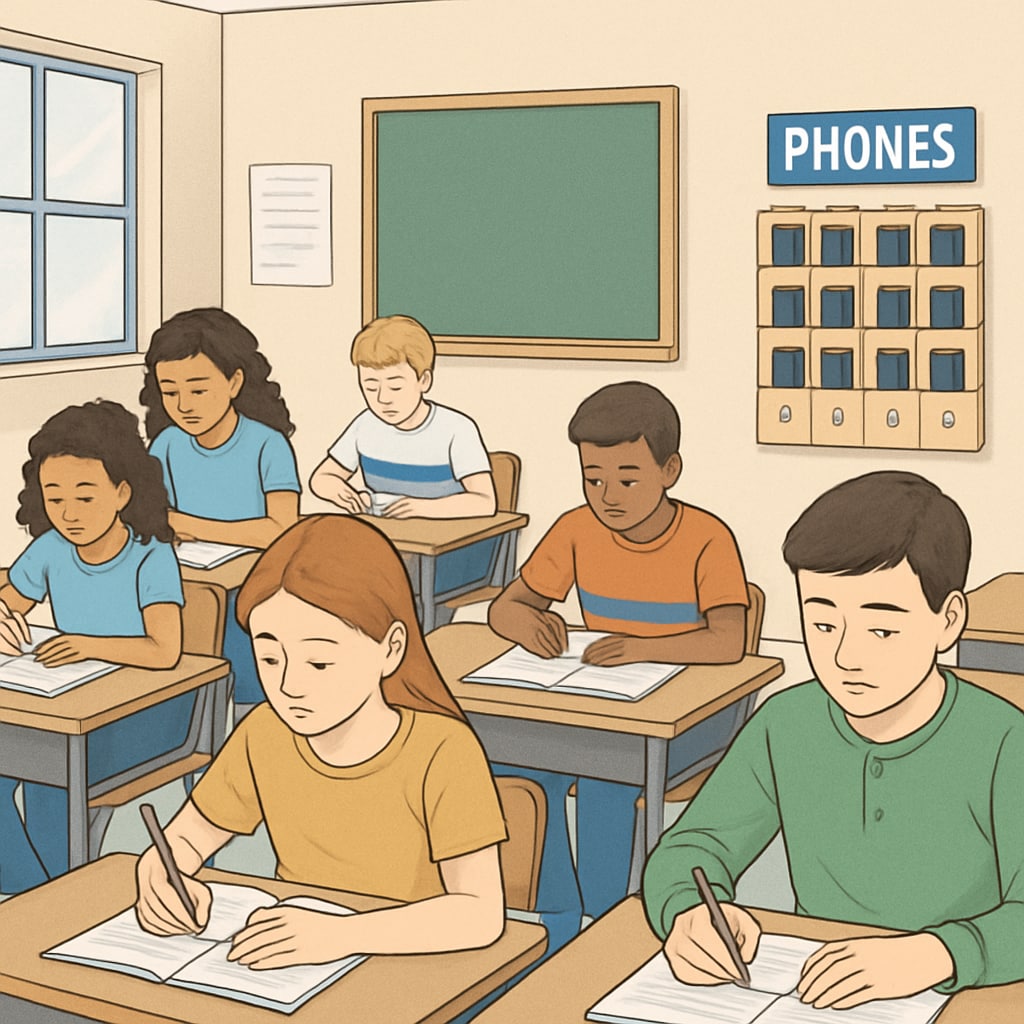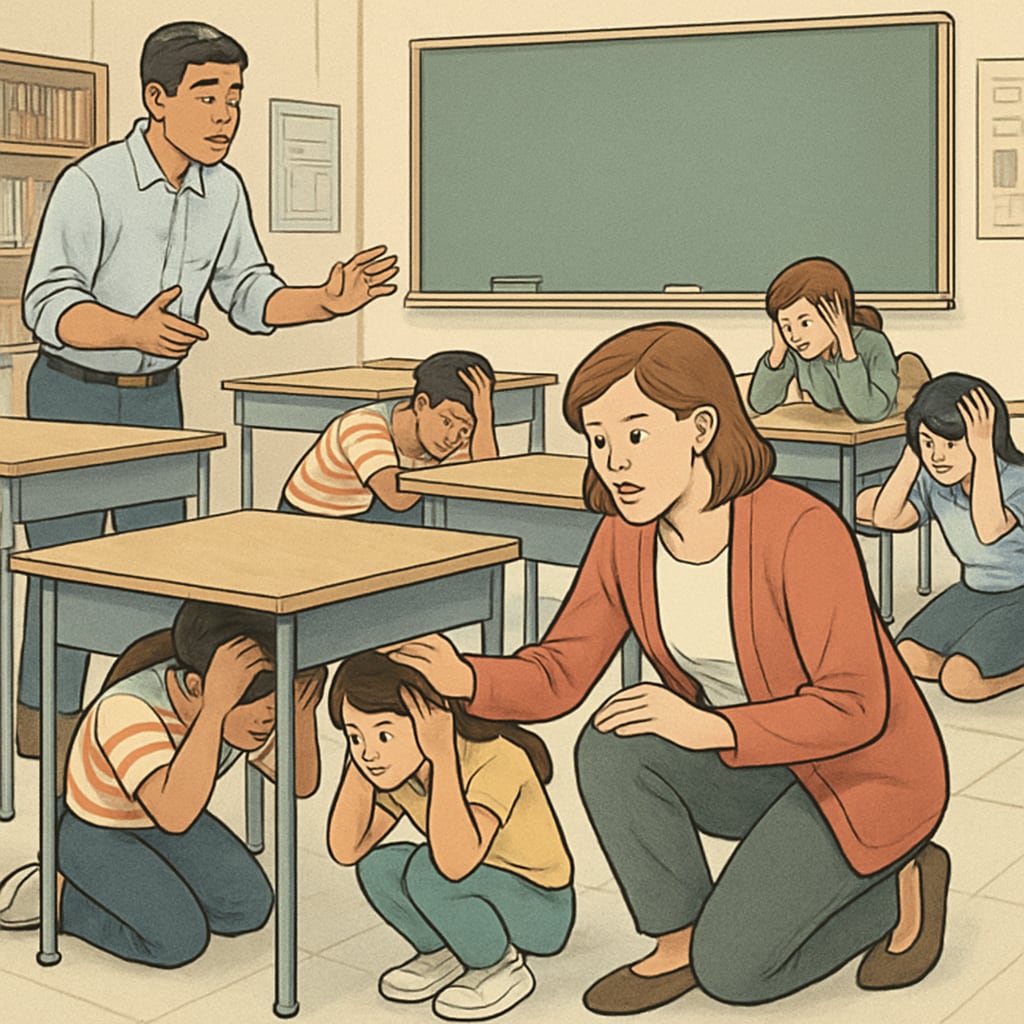The implementation of K12 school phone bans has sparked widespread debate, as these policies aim to enhance learning environments, ensure school safety, and maintain classroom focus. However, their effects on educational equity, implementation challenges, and the need for alternative solutions are equally critical. This article delves into the multidimensional impact of such bans and proposes strategies to achieve a balance between fostering digital literacy and maintaining academic discipline.
Learning Environments and Classroom Focus
One of the primary arguments for banning phones in schools is to minimize distractions and improve learning outcomes. Research has consistently shown that excessive phone use can hinder students’ focus, reduce class participation, and disrupt overall classroom dynamics. For example, a study on attention highlights how constant notifications fragment cognitive processes, reducing students’ ability to concentrate.
However, the policy’s success often depends on consistent enforcement. Without clear guidelines, some students may still find ways to use their devices, undermining the policy’s intent. Schools must also consider that phones can serve as valuable tools for learning when used appropriately, such as accessing educational apps or researching topics in real-time.

School Safety and Emergency Preparedness
Another dimension of the phone ban debate is school safety. Phones allow students to quickly communicate during emergencies, such as natural disasters or security threats. Critics argue that banning phones entirely could leave students and parents feeling vulnerable. This concern has led some schools to implement partial bans, allowing phone use during non-instructional times like lunch breaks or emergencies.
Schools could also invest in alternative communication systems, such as panic buttons or centralized alert systems, to address safety concerns without relying on personal devices. Balancing the need for safety with the goal of reducing distractions requires a nuanced approach tailored to individual school contexts.

Implementation Costs and Educational Equity
Enforcing a phone ban involves logistical and financial considerations. Schools may need to invest in storage solutions, staff training, and monitoring systems. For underfunded schools, these requirements could divert resources from other essential areas, exacerbating existing inequalities in the education system.
Additionally, phones often serve as a digital lifeline for students from low-income families, enabling access to online resources, tutoring, and communication tools. A blanket ban may disproportionately affect these students, widening the digital divide. Policymakers must weigh the long-term implications of limiting technology access against immediate classroom benefits.
Proposed Alternatives to Blanket Phone Bans
Rather than outright prohibiting phones, schools could adopt balanced policies that integrate technology into the curriculum while maintaining discipline. Some alternatives include:
- Designating phone-free zones and times: Schools can create structured guidelines where phone use is allowed only in specific areas or during breaks.
- Promoting digital literacy: Educators can teach students about responsible phone use, emphasizing time management and the ethical use of technology.
- Leveraging educational apps: Encouraging the use of learning platforms can transform phones into tools for academic enrichment.
In addition, schools can collaborate with parents to reinforce these policies at home, ensuring consistency in promoting healthy technology habits.
In conclusion, while K12 school phone bans aim to create focused learning environments and address safety concerns, their broader implications cannot be ignored. By considering factors such as educational equity, implementation costs, and the role of technology in modern education, schools can develop policies that balance discipline with digital literacy. This approach ensures that students are better prepared for the demands of a digital future while remaining engaged and focused in the classroom.
Readability guidance: Short paragraphs and clear subheadings enhance comprehension. Lists summarize key points, and overuse of passive voice is avoided. Transition words ensure smooth flow between ideas.


